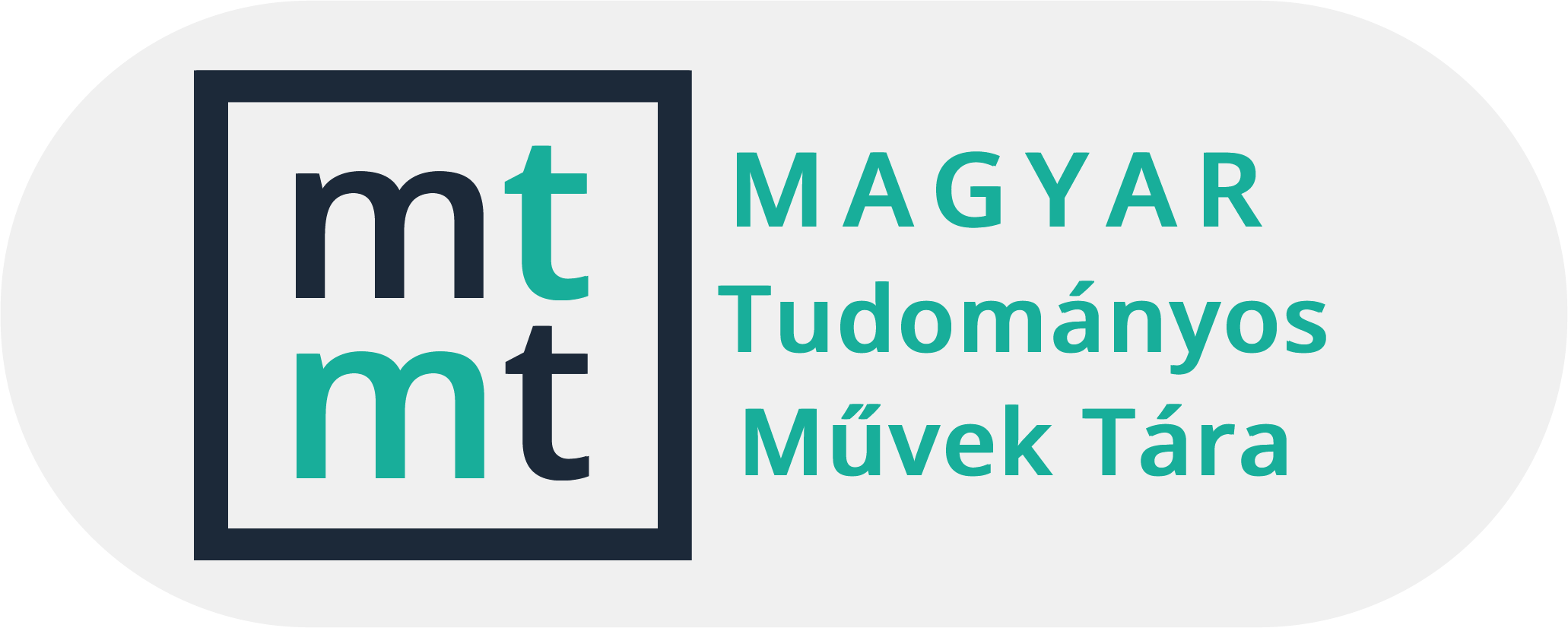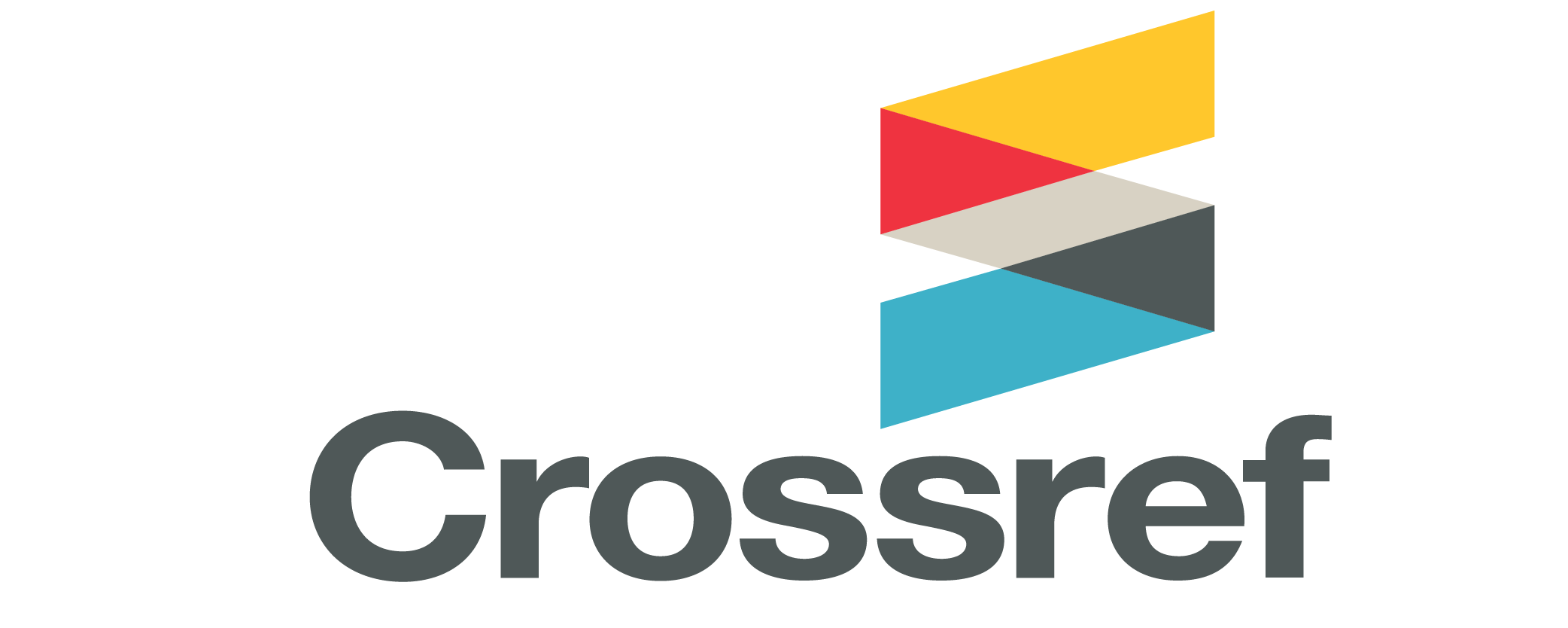Conversion between different symbolic representations of rational numbers among 9th-grade students
Authors
View
Keywords
License
Copyright (c) 2025 Gábor Torma, Dr. József Kosztolányi

This work is licensed under a Creative Commons Attribution 4.0 International License.
How To Cite
Abstract
Our research involved nearly 800 ninth-grade secondary school students (aged 14-15) during the first weeks of the 2023/2024 school year. Less than 40% of students solved the text problems related to common fractions and percentages correctly. In terms of student solutions, pupils showed a higher success rate when the text of the problem contained common fractions, and the solution had to be given as a percentage. In this case, the success rate of switching between different symbolic representations of rational numbers (common fraction, percentage) was also higher. Observation of the methods used to solve also suggests that the majority of students are not flexible enough when it comes to switching between different representations.
Subject Classification: 97F80, 97D70
References
- Balla, I. (2024). Ezek az ország legjobb gimnáziumai 2025-re – mutatjuk a HVG százas listáját és a térképeket. hvg360. https://hvg.hu/360/20241024_top100-gimnazium-Kozepiskola-rangsor-iskola-lista-toplista-terkep-2025-erettsegi-Budapest-videk
- Berényi, E. (2019). A szegregációs jéghegy csúcsa: Iskolaválasztás és szelekció a kisgimnáziumi felvételi folyamatban. In A. Fehérvári, & K. Széll (Eds.), Kutatási sokszínűség, oktatási gyakorlat és együttműködések: Új kutatások a neveléstudományokban (pp. 301–323). L’Harmattan Kiadó.
- Chick, H., & Baratta, W. C. (2011). Teachers’ strategies for demonstrating fraction and percentage equivalence. In J. Clark, B. Kissane, J. Mousley, T. Spencer, & S. Thornton (Eds.), Mathematics: traditions and [new] practices (Proceedings of the AAMT–MERGA Conference. (pp. 183–191). The Australian Association of Mathematics Teachers.
- Clarke, D. M., & Roche, A. (2009). Students’ fraction comparison strategies as a window into robust understanding and possible pointers for instruction. Educational Studies in Mathematics, 72 (1), 127–138. https://doi.org/10.1007/s10649-009-9198-9
- Education Office (n.d.). Kerettanterv az általános iskola 5-8. évfolyama számára. Retrieved 12 June, 2024. https://www.oktatas.hu/kozneveles/kerettantervek/2020_nat/kerettanterv_alt_isk_5_8
- Gay, A. S., & Aichele, D. B. (1997). Middle school students’ understanding of number sense related to percent. School Science and Mathematics, 97 (1), 27–36. https://doi.org/10.1111/j.1949-8594.1997.tb17337.x
- Hiebert, J. (1984). Children’s mathematics learning: The struggle to link form and understanding. The Elementary School Journal, 84 (5), 497–513. https://doi.org/10.1086/461380
- Lembke, L. O., & Reys, B. J. (1994). The development of, and interaction between, intuitive and school-taught ideas about percent. Journal for Research in Mathematics Education, 25 (3), 237–259. https://doi.org/10.5951/jresematheduc.25.3.0237
- Lemonidis, C., & Pilianidis, N. (2020). The 8th grade students’ competencies in alternating different symbolic representations of rational numbers. International Electronic Journal of Mathematics Education, 15 (3), em0587. https://doi.org/10.29333/iejme/7865
- Mainali, B. (2021). Representation in teaching and learning mathematics. International Journal of Education in Mathematics, Science and Technology, 9 (1), 1–21. https://doi.org/10.46328/ijemst.1111
- McIntosh, A., Reys, B. J., & Reys, R. E. (1992). A proposed framework for examining basic number sense. For the Learning of Mathematics, 12 (3), 2–8.
- Novita, R., Herman, T., Dasari, D., & Putra, M. (2022). Analyzing second-year university students’ rational number understanding: A case on interpreting and representing fraction. European Journal of Educational Research, 11 (3), 1747–1762. https://doi.org/10.12973/eu-jer.11.3.1747
- Siegler, R. S., Duncan, G. J., Davis-Kean, P. E., Duckworth, K., Claessens, A., Engel, M., Susperreguy, M. I., & Chen, M. (2012). Early predictors of high school mathematics achievement. Psychological Science, 23 (7), 691–697. https://doi.org/10.1177/0956797612440101
- Tian, J., & Siegler, R. S. (2018). Which type of rational numbers should students learn first? Educational Psychology Review, 30 (2), 351–372. https://doi.org/10.1007/s10648-017-9417-3
- Torbeyns, J., Schneider, M., Xin, Z., & Siegler, R. S. (2015). Bridging the gap: Fraction understanding is central to mathematics achievement in students from three different continents. Learning and Instruction, 37, 5–13. https://doi.org/10.1016/j.learninstruc.2014.03.002
- Torma, G., & Kosztolányi, J. (2025). Strategies used in solving proportion problems among seventh-grade students. Teaching Mathematics and Computer Science (under review).

 https://doi.org/10.5485/TMCS.2025.14624
https://doi.org/10.5485/TMCS.2025.14624






